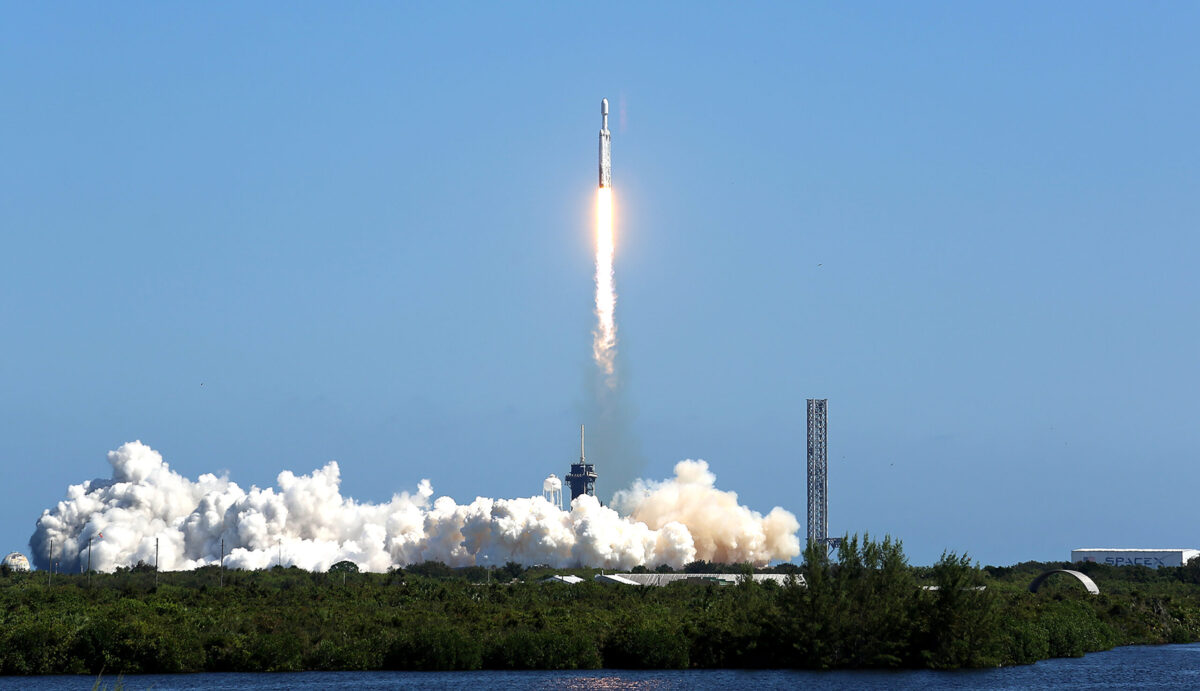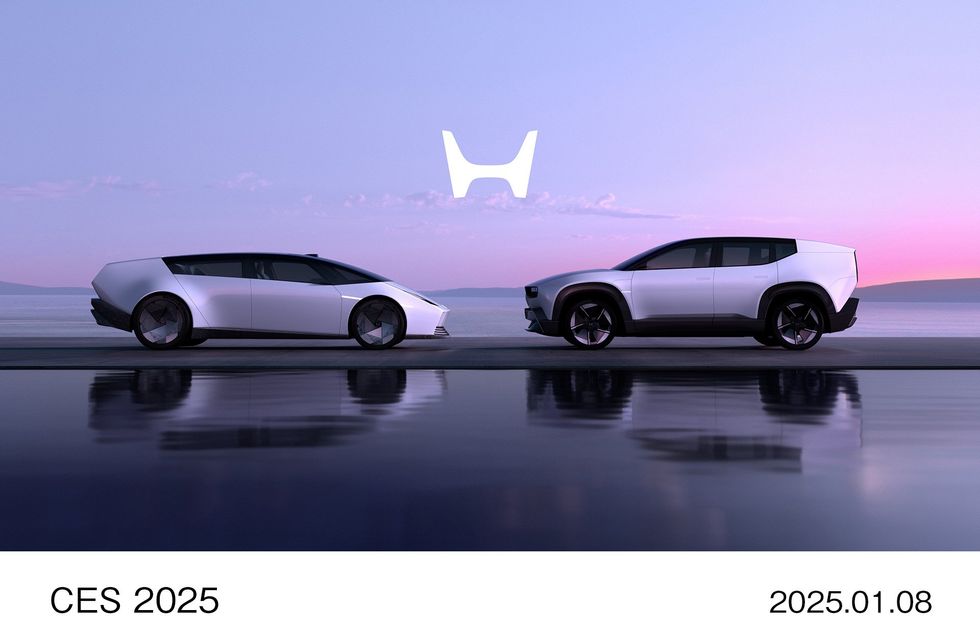NASA Launches Spacecraft To Investigate Potential For Life On Distant Moon
NASA spacecraft Europa Clipper, sitting aboard a SpaceX Falcon Heavy rocket, launched into orbit shortly after noon ET on Monday and is now on its way to investigate the potential for life on one of Jupiter’s largest moons. The Europa Clipper launched from the Kennedy Space Center in Florida, becoming the largest spacecraft NASA has ...

NASA spacecraft Europa Clipper, sitting aboard a SpaceX Falcon Heavy rocket, launched into orbit shortly after noon ET on Monday and is now on its way to investigate the potential for life on one of Jupiter’s largest moons.
The Europa Clipper launched from the Kennedy Space Center in Florida, becoming the largest spacecraft NASA has ever built for a planetary science mission, NBC News reported. Its mission is not to find life but to determine if life could exist on Europa, the fourth largest of Jupiter’s 95 moons. Scientists believe that beneath Europa’s icy surface lies a vast saltwater ocean and “chemical elements that are key ingredients to life.”
“We are looking for a habitable environment,” the mission’s deputy project scientist at the Jet Propulsion Laboratory, Bonnie Buratti, said. “We’re trying to look for the necessities for life, which are liquid water — and we’re pretty sure that’s there — the right chemistry and energy, whether from active geology or something else, that acts almost like a battery to push life along.”
Leaving our water world, to explore another ????@EuropaClipper launched from @NASAKennedy at 12:06pm ET (16:06 UTC) on a @SpaceX Falcon Heavy, beginning a 1.8-billion-mile journey to explore the mysteries of Europa, Jupiter’s ocean moon. pic.twitter.com/IQ7uRSviMb
— NASA (@NASA) October 14, 2024
Europa Clipper’s launch was initially scheduled for Thursday, October 10, but was delayed due to Hurricane Milton which made landfall in Florida late on Wednesday, October 9. The spacecraft will travel 1.8 billion miles over five-and-a-half years before entering Europa’s orbit in 2030. The mission, which began as a concept in 2013, cost $5.2 billion, according to CNN.
“It feels surreal,” said Jordan Evans, the mission’s project manager at NASA’s Jet Propulsion Laboratory, according to NBC News. “There have been battles at every level, from early on with the initial concept for the mission, through getting approved, through each milestone and overcoming various problems along the way. To be at this point, watching the team get ready, is incredible.”
MATT WALSH’S ‘AM I RACIST?’ COMING TO DAILYWIRE+ OCT. 28
NASA said that the launch was successful and the Europa Clipper was traveling through space on its own after separating from the rocket.
“@EuropaClipper is now sailing through space on its own, bound for the Jupiter system. This ‘message in a bottle’ carries the names and hopes of millions, as we voyage together to search for a habitable world beyond Earth,” NASA posted on X.
Separation confirmed!
@EuropaClipper is now sailing through space on its own, bound for the Jupiter system. This "message in a bottle" carries the names and hopes of millions, as we voyage together to search for a habitable world beyond Earth. pic.twitter.com/iL3e7O916g— NASA (@NASA) October 14, 2024
In 1972, scientists made spectroscopic observations through a telescope at Kitt Peak National Observatory in Tucson, Arizona, that Europa’s surface appeared to be mostly made up of water ice. Following more information and pictures being relayed to Earth by NASA’s Voyager 1 and Voyager 2 spacecraft, scientists believe that “Europa may be one of the most promising places in our solar system to find present-day environments suitable for some form of life beyond Earth.”
Instead of landing on Europa’s surface, the NASA spacecraft will conduct 49 flybys of the moon. The flybys are planned to ensure that the Europa Clipper won’t have to endure Jupiter’s radiation for more than a day at a time, CNN reported. Each of the flybys will take place every two to three weeks.
“If we were to just go into orbit around Europa and study it, the radiation would likely kill off even the most radiation-hardened electronics within one to two months,” Evans said.
“So, every six times that Europa goes around Jupiter, or every 21 days, we’ll be in the exact spot in the universe to be right next to Europa,” Evans added. “And every flyby will be different, so we can get near global coverage of the moon.”
Originally Published at Daily Wire, World Net Daily, or The Blaze
What's Your Reaction?

































































































